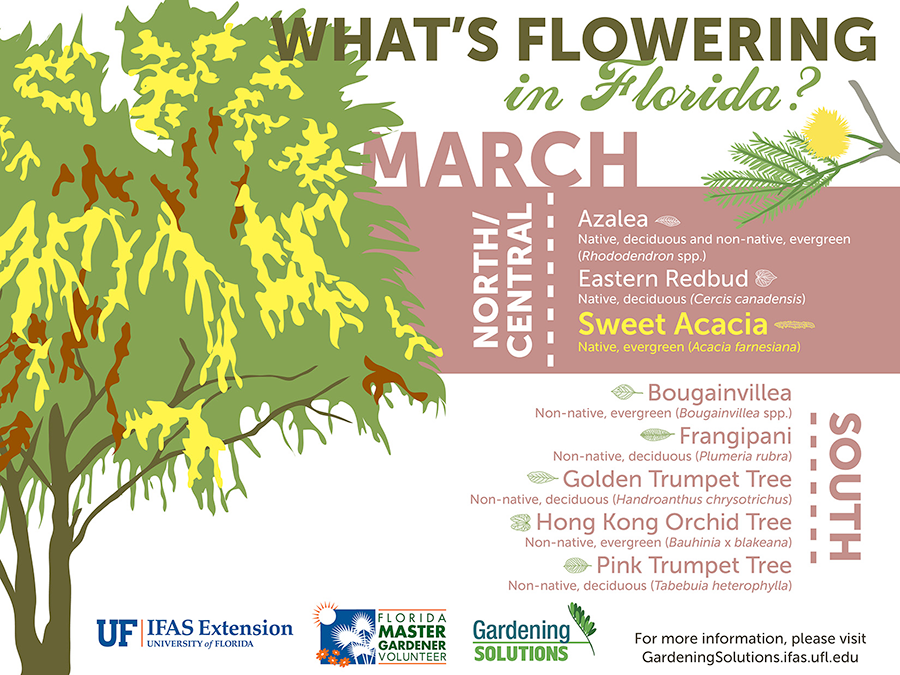Tree Treatment By Period: Effective Methods For Managing Trees Before And After Their Removal
Tree Treatment By Period: Effective Methods For Managing Trees Before And After Their Removal
Blog Article
Material Writer-
When it involves seasonal tree care, ensuring appropriate monitoring prior to and after removal can dramatically influence the wellness and aesthetics of your landscape. By comprehending the needed actions involved in assessing tree health and getting ready for removal, you can proactively guard your residential property. But what regarding the essential methods to comply with when the tree is gone? Keep tuned to uncover growtth -removal care steps that will assist you cultivate a successful and lasting atmosphere for your trees.
Pre-Removal Tree Care
Before attending to the removal of a tree, it's important to focus on pre-removal tree treatment. Begin by assessing the tree's health and wellness and structural stability. Look for indicators of illness, insect problems, or any type of structural issues that may posture a safety risk during removal. It's necessary to speak with a qualified arborist to establish the most effective strategy.
Trimming dead or unhealthy branches can avoid more damages to the tree and make certain a smoother removal process.
Additionally, take into consideration the ecological impact of getting rid of the tree. Trees play an important duty in our ecosystem, so growing a brand-new tree in a suitable place can help offset any loss. Make certain that you have the needed authorizations and consents for tree elimination, particularly if the tree is safeguarded by regional regulations.
Seasonal Upkeep Tips
Evaluating your tree's requirements throughout the year is vital for its health and wellness and longevity. To keep your trees in top condition, comply with these seasonal maintenance suggestions.
In spring, concentrate on pruning to get rid of dead or damaged branches and urge new growth.
Summer calls for normal watering, specifically during dry spells, to guarantee your tree stays hydrated.
As fall techniques, keep an eye out for very early indications of condition or tension, and consider applying compost to shield the origins during winter.
In wintertime, beware when eliminating snow from branches to prevent damage, and remain to check your tree's total health.
Remember to adjust your care routine based on the certain needs of your tree species and regional environment. By staying alert and aggressive throughout the seasons, you can help your trees flourish and flourish for years to come.
Post-Removal Tree Care
To guarantee the health of your landscape even after tree removal, correct post-removal care is necessary. After a tree is removed, it's important to fill the continuing to be hole with topsoil and small it to stop settling. This will help preserve the honesty of the ground and prevent prospective threats in the future.
Consider planting Click That Link -new greenery in place of the eliminated tree to restore the balance and aesthetics of your landscape. On a regular basis water the area to advertise the growth of new plants and avoid soil erosion.
Inspect the surrounding trees for any kind of signs of illness or stress and anxiety that may have been triggered by the removed tree. Keep an eye out for insects that could've been attracted to the previous tree and take safety nets to shield the continuing to be plant life.
If required, consult with a specialist arborist to analyze the effect of the removal on the surrounding trees and identify any added care required. By complying with these post-removal treatment steps, you can guarantee the continued health and wellness and beauty of your landscape.
Verdict
To conclude, positive seasonal tree treatment is essential for maintaining the health and wellness and balance of your landscape. By assessing tree wellness, pruning, and talking to an arborist before elimination, you can ensure a secure procedure. After removal, filling up the hole, planting new greenery, and regular watering will promote new development and stop disintegration. Keep in mind to examine bordering trees for disease and seek more treatment procedures from an arborist to maintain your landscape prospering.
